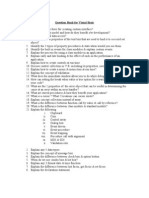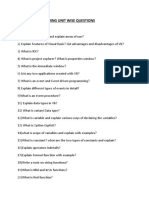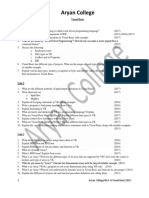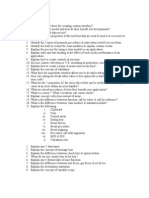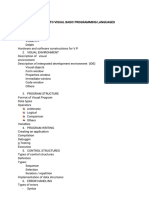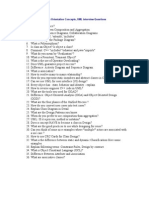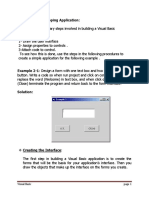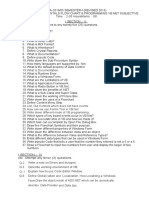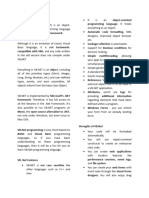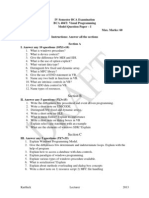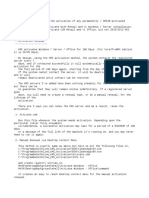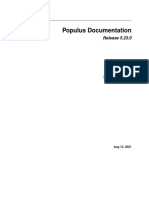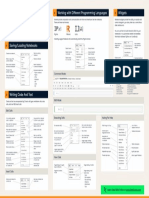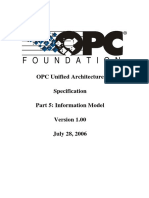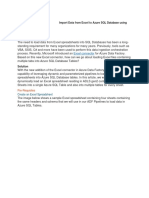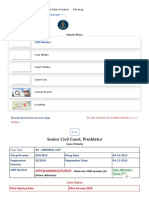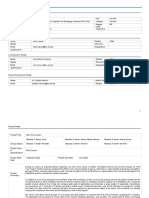0% found this document useful (0 votes)
12 views5 pagesQuestions For Final Paper OOP
The document consists of a comprehensive list of questions related to programming concepts, particularly focusing on Object-Oriented Programming (OOP), Visual Basic (VB), and related software engineering principles. It covers a wide range of topics including OOP features, programming structures, control statements, debugging, GUI components, database management, and practical programming exercises. The questions are designed to test knowledge and understanding of both theoretical concepts and practical applications in programming.
Uploaded by
awanttccvCopyright
© © All Rights Reserved
We take content rights seriously. If you suspect this is your content, claim it here.
Available Formats
Download as DOCX, PDF, TXT or read online on Scribd
0% found this document useful (0 votes)
12 views5 pagesQuestions For Final Paper OOP
The document consists of a comprehensive list of questions related to programming concepts, particularly focusing on Object-Oriented Programming (OOP), Visual Basic (VB), and related software engineering principles. It covers a wide range of topics including OOP features, programming structures, control statements, debugging, GUI components, database management, and practical programming exercises. The questions are designed to test knowledge and understanding of both theoretical concepts and practical applications in programming.
Uploaded by
awanttccvCopyright
© © All Rights Reserved
We take content rights seriously. If you suspect this is your content, claim it here.
Available Formats
Download as DOCX, PDF, TXT or read online on Scribd
/ 5
